“Eben Adams is a struggling artist in Depression era New York who has never been able to find inspiration for a painting. One day, after he finally finds someone to buy a painting from him, a young girl named Jennie Appleton appears and strikes up an unusual friendship with Eben.” (courtesy IMDB)
REVIEW:
The bigger-budget Hollywood genre productions of the forties had very few monsters, but they retained an interest in ghosts. Portrait Of Jennie (1948) is a better film than the more famous ghost film of the era The Uninvited (1944), and its romanticism strikes much deeper. It tells the literally haunting story of an artist named Eben Adams (Joseph Cotten) who is deeply attracted to a young girl (Jennifer Jones) whom he keeps meeting, often in the park while no-one else is around.
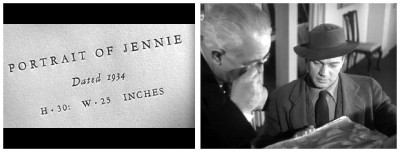 It is only after several meetings that he realises she is growing up at an unnatural speed, at first a schoolgirl and only months later a beautiful young woman. They soon fall in love. She is, of course, a ghost, and various remarks she makes reveal that she imagines herself to be living in what, to Adams, is the distant past. Learning that the ‘real’ Jennie was drowned in an accident at Cape Cod, he insanely attempts to prevent her long-passed death there in a frightful hurricane (the original black-and-white release print was tinted green and ended in full Technicolor). His attempt to cheat destiny fails.
It is only after several meetings that he realises she is growing up at an unnatural speed, at first a schoolgirl and only months later a beautiful young woman. They soon fall in love. She is, of course, a ghost, and various remarks she makes reveal that she imagines herself to be living in what, to Adams, is the distant past. Learning that the ‘real’ Jennie was drowned in an accident at Cape Cod, he insanely attempts to prevent her long-passed death there in a frightful hurricane (the original black-and-white release print was tinted green and ended in full Technicolor). His attempt to cheat destiny fails.
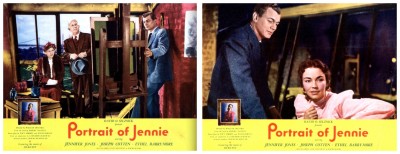 It was the novel by Robert Nathan that first attracted the attention of producer David O. Selznick, who immediately purchased it as a vehicle for Oscar winner Jennifer Jones. Selznick initially considered filming this movie over a period of several years, casting a young actress in the role of Jennie and shooting portions of the film over time as the actress actually grew older in real life. Shirley Temple was intended for the role, but Selznick eventually abandoned the idea as too risky and too difficult to film.
It was the novel by Robert Nathan that first attracted the attention of producer David O. Selznick, who immediately purchased it as a vehicle for Oscar winner Jennifer Jones. Selznick initially considered filming this movie over a period of several years, casting a young actress in the role of Jennie and shooting portions of the film over time as the actress actually grew older in real life. Shirley Temple was intended for the role, but Selznick eventually abandoned the idea as too risky and too difficult to film.
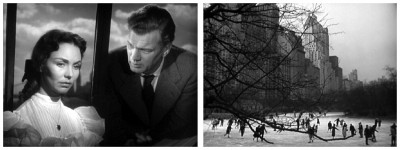 The film was directed by William Dieterle, who also made All That Money Can Buy (1941) also known as The Devil And Daniel Webster. Its strength is in the intensity of emotion it draws out of the leading players – Jennifer Jones’ nervous vulnerable unworldly charm being a key element – and in the thematic power of a story which is, in essence, about the impossibility of recapturing childhood innocence. It was also the feature debut of actors David Wayne, Nancy Olsen and future former First Lady Nancy Davis.
The film was directed by William Dieterle, who also made All That Money Can Buy (1941) also known as The Devil And Daniel Webster. Its strength is in the intensity of emotion it draws out of the leading players – Jennifer Jones’ nervous vulnerable unworldly charm being a key element – and in the thematic power of a story which is, in essence, about the impossibility of recapturing childhood innocence. It was also the feature debut of actors David Wayne, Nancy Olsen and future former First Lady Nancy Davis.
 Adams’ despairing efforts to be with Jennie are attempts to pass the angels with the flaming swords and re-enter the Garden of Eden. The full-blooded emotions of the film touch the heart for a number of cleverly-worked reasons. The fact that Jennie does not know she is a ghost is the foremost of these, but also central is Adams’ inadequacy as an artist – romantic and derivative with only his portrait of Jennie having any real power. The film was highly unusual for its time in that it had no opening credits as such, except for the Selznick Studio logo. All the other credits appear at the end. Before the film proper begins, the title is announced by the narrator who finishes his prologue with, “…and now, Portrait Of Jennie.”
Adams’ despairing efforts to be with Jennie are attempts to pass the angels with the flaming swords and re-enter the Garden of Eden. The full-blooded emotions of the film touch the heart for a number of cleverly-worked reasons. The fact that Jennie does not know she is a ghost is the foremost of these, but also central is Adams’ inadequacy as an artist – romantic and derivative with only his portrait of Jennie having any real power. The film was highly unusual for its time in that it had no opening credits as such, except for the Selznick Studio logo. All the other credits appear at the end. Before the film proper begins, the title is announced by the narrator who finishes his prologue with, “…and now, Portrait Of Jennie.”
 This was cinematographer Joseph H. August‘s final film. He passed away in late 1947 before the long and tumultuous production was completed, and was posthumously nominated for an Oscar for Best Black-and-White Cinematography in 1949. Uncredited, it was actually Lee Garmes who completed the job. The film did win an Oscar for its special effects, but it was not a huge commercial success, perhaps because it is fundamentally a rather European film about unhappiness and failure. It is sensitively made and compelling however, and over the years has quietly assumed the status of a minor genre classic.
This was cinematographer Joseph H. August‘s final film. He passed away in late 1947 before the long and tumultuous production was completed, and was posthumously nominated for an Oscar for Best Black-and-White Cinematography in 1949. Uncredited, it was actually Lee Garmes who completed the job. The film did win an Oscar for its special effects, but it was not a huge commercial success, perhaps because it is fundamentally a rather European film about unhappiness and failure. It is sensitively made and compelling however, and over the years has quietly assumed the status of a minor genre classic.
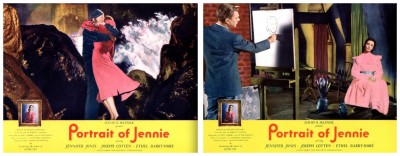 In fact, after the film flopped at the box-office, it was re-released a couple of years later under the title Tidal Wave (1950), marketing it to a different audience in the hopes of making a profit. The re-release also flopped. And it’s with that rather depressing thought that I’ll politely ask you to please join me again next week when I have the opportunity to inflict upon you the tortures of the damned from that dark bottomless pit formerly known as Hollywoodland for…Horror News! Toodles!
In fact, after the film flopped at the box-office, it was re-released a couple of years later under the title Tidal Wave (1950), marketing it to a different audience in the hopes of making a profit. The re-release also flopped. And it’s with that rather depressing thought that I’ll politely ask you to please join me again next week when I have the opportunity to inflict upon you the tortures of the damned from that dark bottomless pit formerly known as Hollywoodland for…Horror News! Toodles!
 Horror News | HNN Official Site | Horror Movies,Trailers, Reviews
Horror News | HNN Official Site | Horror Movies,Trailers, Reviews
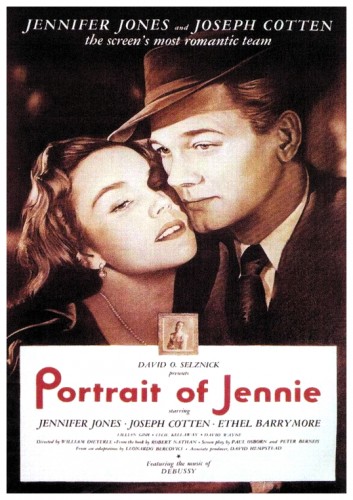



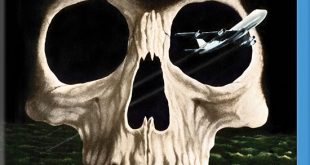
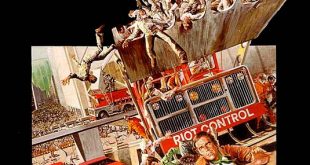
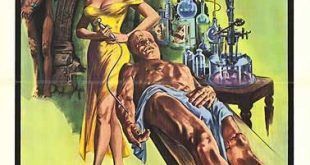
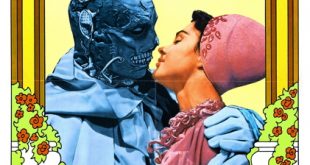
It’s a masterpiece! In the book Jenny is more of a time-traveler than a ghost. (Other people besides Eben can see and hear her.)This was changed in the film to simplify who and what Jenny actually is, but in the book it’s much more ambiguous.